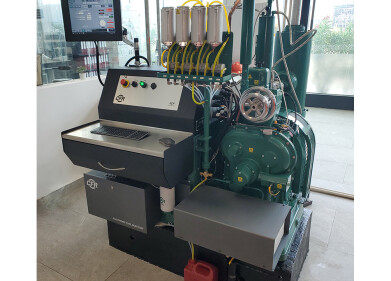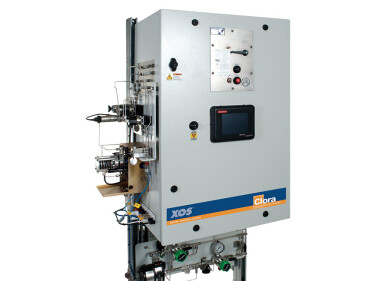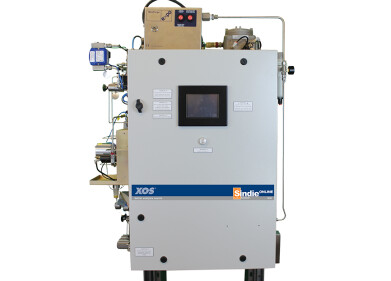Analytical instrumentation
Bioethanol
Feb 12 2013
Biofuels have become increasingly important as alternatives to conventional fuels. Bioethanol, mainly produced by sugar fermentation, is an example of a biofuel. Ethanol has a high octane number and was originally intended to replace lead as an octane enhancer. Nowadays, ethanol is blended with gasoline to improve combustion efficiency thereby reducing polluting emissions. The most common blend is 10% ethanol and 90% petrol (E10), though the latest vehicles can operate on up to 85% ethanol and 15% petrol blends (E85). ASTM D 5501 is the method commonly used to determine the ethanol content of denatured fuel ethanol by gas chromatography. Ethanol is determined from 93 to 97 mass%. Accurate determination of ethanol and methanol according ASTM D 5501 is achieved using a Bruker (USA) SCION 456-GC Gas Chromatograph with CompassCDS software. Data shows that accurate repeatability means that data never exceeds the levels specified in the standard.
Digital Edition
PIN 25.6 Buyers' Guide
January 2025
Buyers' Guide Directory - Product Listings by Category - Suppliers Listings (A-Z) Articles Analytical Instrumentation - ASTM D7042: The Quantum Leap in Viscosity Testing Technology -...
View all digital editions
Events
Jan 25 2025 San Diego, CA, USA
SPE Hydraulic Fracturing Technology Conference and Exhibition
Feb 04 2025 The Woodlands, TX, USA
Feb 05 2025 Guangzhou, China
Trinidad and Tobago Energy Conference 2025
Feb 10 2025 Point Lisas, Trinidad
Feb 11 2025 Lagos, Nigeria



















